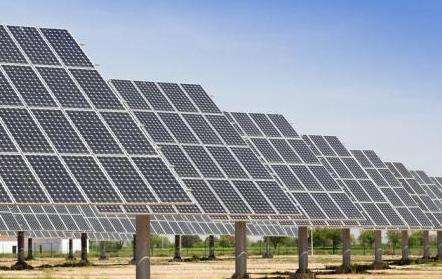During the process of rolling components, releasing pressure and increasing temperature always requires too fast a process, this may lead to problems such as incomplete air extraction or swelling, uneven flow of EVA during the rolling process, etc. , it should be classified according to the rolling characteristics of the EVA segment.
The advantages of multi-layer lamination over single-layer lamination are:
1) It improves equipment productivity while saving plant floor space equipment;
2) Since the adjacent upper and lower layers of the multilayer laminator have heaters, the upper and lower parts of the components can be heated at the same time, which improves the utilization of the energy and thus reduces the energy consumption of the equipment. 3) It does; beneficial to improve the uniformity of the tetemperature of component heating and shorten the heating time;
4) The production capacity of a multi-layer laminator can be doubled compared to a single-layer laminator, but it does not require operators, in order to reduce the cost of equipment. Labor demand.
What is the electromagnetic frequency of the solar module tester
The power of the battery module is 10W, the voltage is 17V ., calculate the current 10W/17V=0.589A=589MA, and the monolithic voltage is 17V/34pcs=0.5V.
Then we use the above example 3.3W, 3.3W/0.5V = 6600MA to calculate the power of the 156mm chip.
Calculate the amount of current generated by the 156 mm chip per square millimeter. 6600MA/156MM=42.3MA/MM
Then use 156MM slices to meet the conditions of the above battery components, 589MA/42.3MA/MM=13.92MM
Finally 156MM/13.92MM=11
Pleaseplease, give me the best! I'll continue~Yuu!
The electromagnetic frequency of the solar module tester is between 1 Hz and 1 kHz. According to relevant public information requests, a solar module tester is a device for testing the performance of solar modules. Its electromagnetic frequency is generally a low-frequency DC or AC signal, with a frequency range between 1 Hz and 1 kHz. During the process of testing solar modules, the tester will apply voltage and current signals to the module under test, and measure and analyze the output voltage, current, power and other parameters of the module to evaluate the performance of the module. module.














